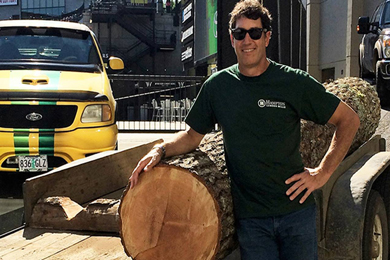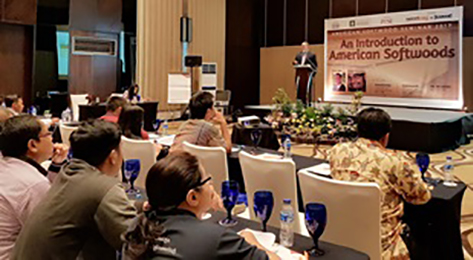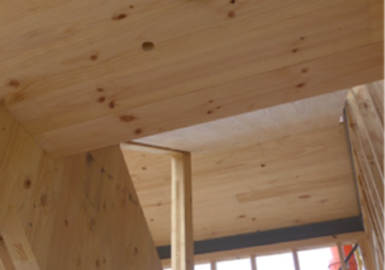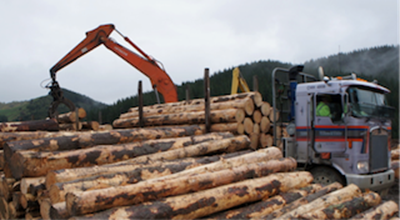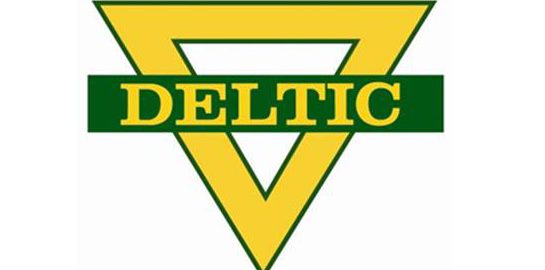Canadian Centre for Policy Alternatives report prompts call for ban on log exports from old growth forests
One of the planks in NDP Leader John Horgan’s election platform is made from raw logs (he wants their export “curtailed”), and the Canadian Centre for Policy Alternatives is helping him hammer it down trports Business Vancouver.
Horgan has criticized a sharp increase of raw logs from coastal forests over the past decade and has promised to curtail those exports, if the NDP forms government, although he has stopped short of promising an outright ban.
The CCPA published a report Monday February 27 that says one out of every three trees cut on the B.C. coast were sold as logs to export markets in 2016 – 6.6 million cubic metres, which is slightly short of the 6.9 million cubic metres record in 2013.
This is at a time when the Interior forest sector is facing a long-term shortage of timber, thanks to the Mountain pine beetle epidemic that wiped out half of the merchantable timber in B.C.’s interior.
“If you believe – and the writing clearly is on the wall – that there are going to be significant declines in available log supply in the Interior of the province, then the future of the forest industry – at least the immediate future – is going to be much more dependent on coastal forest industry activity,” said Ben Parfitt, who authored the report.
Based on the findings of the report, two unions – Unifor and the Public and Private Workers of Canada (PPWC) –the Wilderness Committee, Sierra Club and Ancient Forests Alliance are calling on the government to implement three policies:
- ban all log exports from old growth forests;
- impose higher taxes on log exports from second growth forests; and
- implement policies to encourage more value-added manufacturing from wood.
The export of 26 million cubic metres of raw logs – mostly to China – between 2013 and 2016 is valued at $3 billion.
An average sawmill produces 300,000 cubic metres of lumber annually, so the amount of logs exported in 2016 would have been enough to supply at least a dozen sawmills.
“If we continue down the road that we’re on, we run a very real risk of fewer and fewer sawmills, and more and more log exports, which means more foregone job opportunities,” Parfitt said.
Rick Jeffery, president of the Coast Forest Products Association, says the reverse is true.
“Log exports are very important part of the economics of the coast, ensuring that we can harvest the entire profile of the allowable cut, and that means getting into some of the harder, more economically challenged area into the lower quality stands,” Jeffery said. “Log exports help you do that and they help you do that in a manner that puts logs in front of domestic mills.”
It also helps marketing lumber in Asia, Jeffrey added. The increase in raw log exports has been driven largely by demand in China, which imports both raw logs and B.C. lumber.
“One of the things that people overlook in this whole equation is that sale of hemlock logs, for instance, into places like China and Japan also pave the way for lumber exports,” Jeffrey said.
“If a jurisdiction is used to using your product and is familiar with the characteristics and qualities of that species, they’re as likely to buy the logs and the lumber. If they don’t have the experience with it, they won’t. So log exports and lumber exports go hand in hand.”
Parfitt said one of the most disturbing things about the trend of increased log exports is that, whereas most log exports in the past came mostly from private timberlands owned by TimberWest and Island Timberlands – an increasing amount raw log exports are coming off of Crown land.
“It is public lands that is supplying the bulk, and that is increasing,” Parfitt said.
nbennett@biv.com




